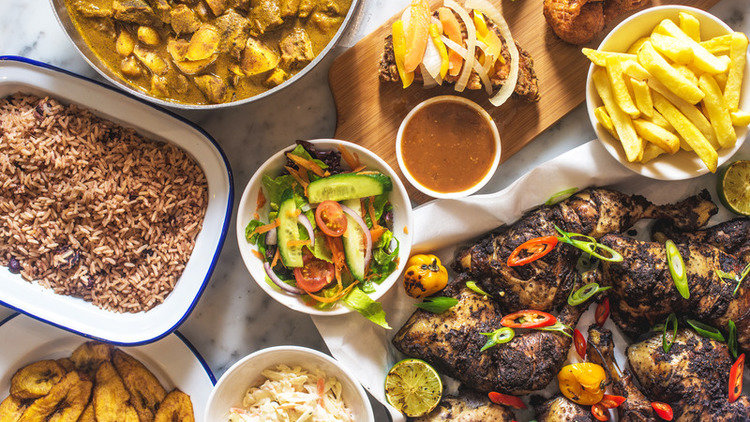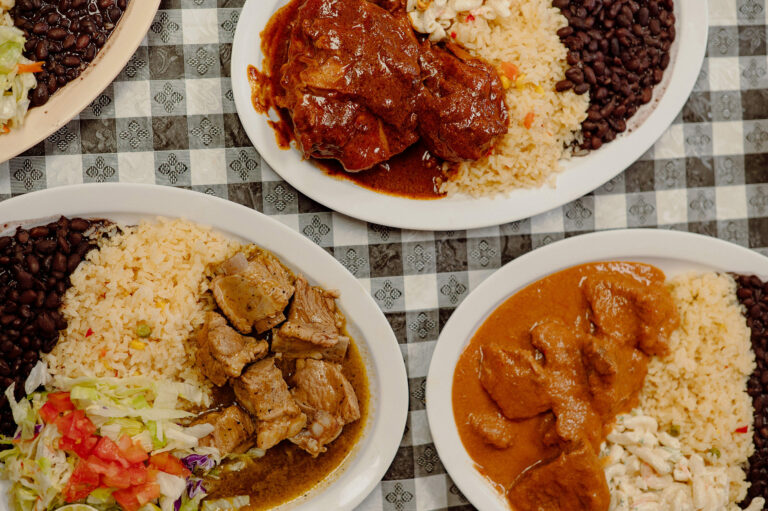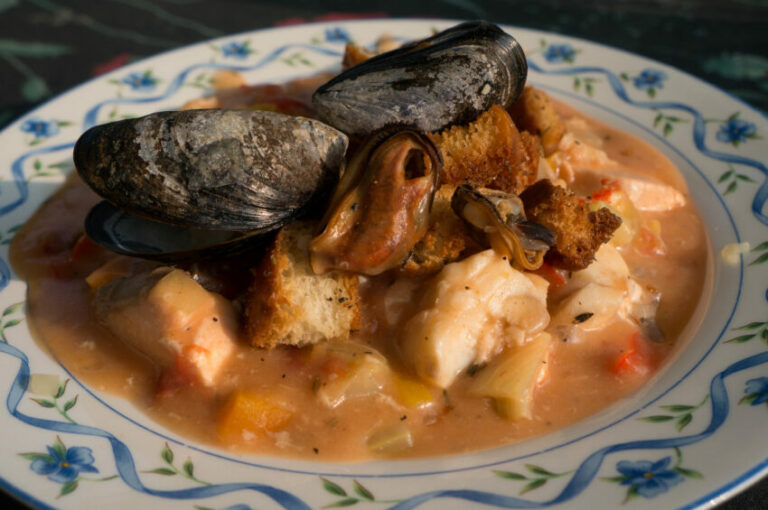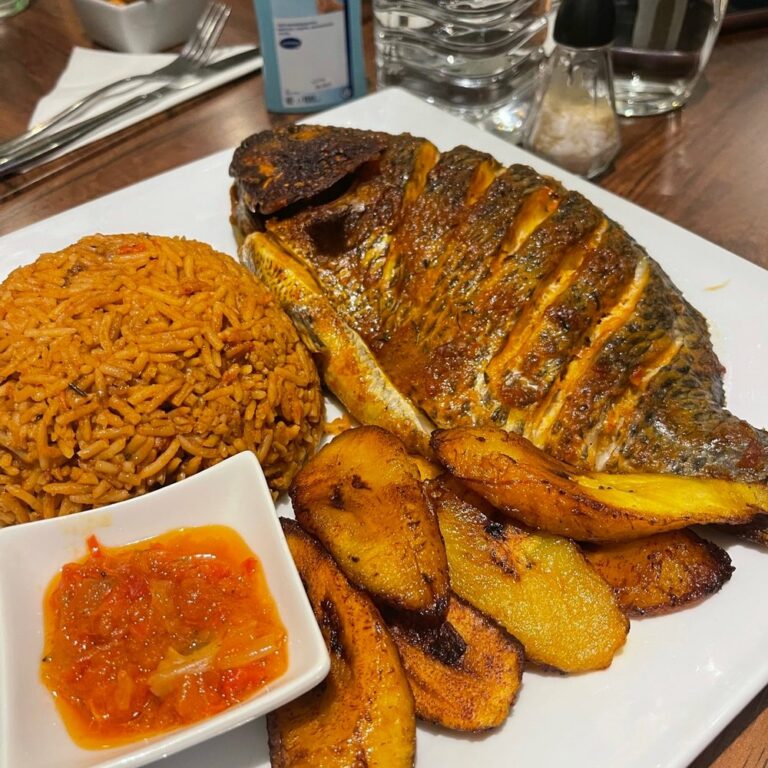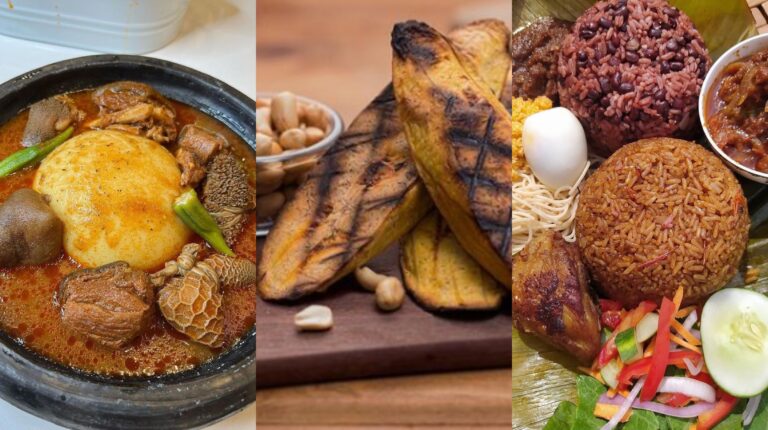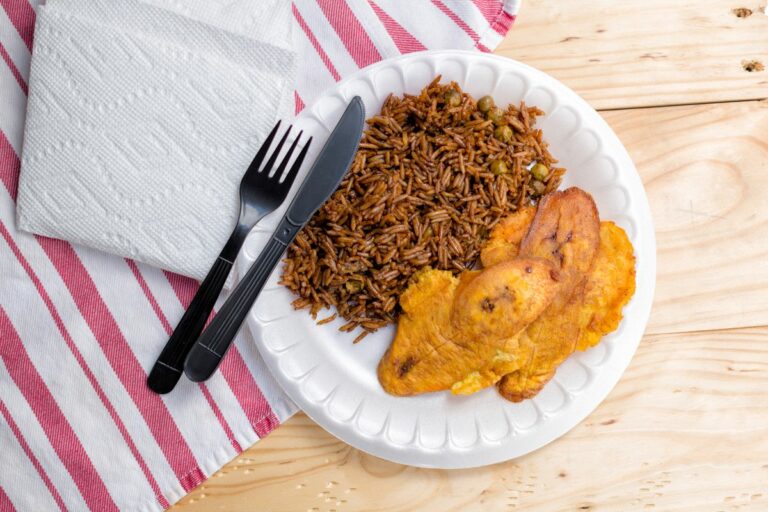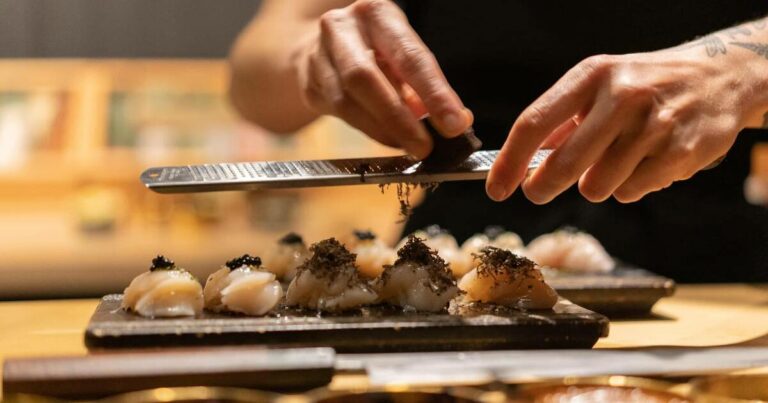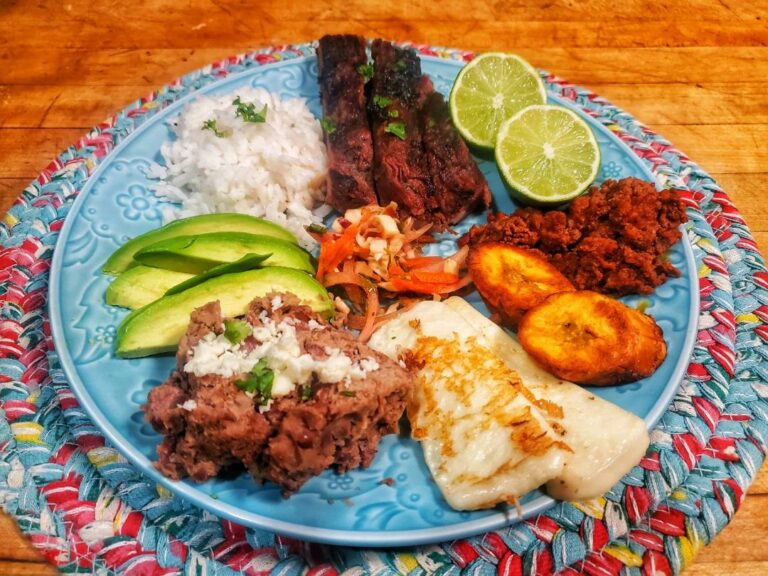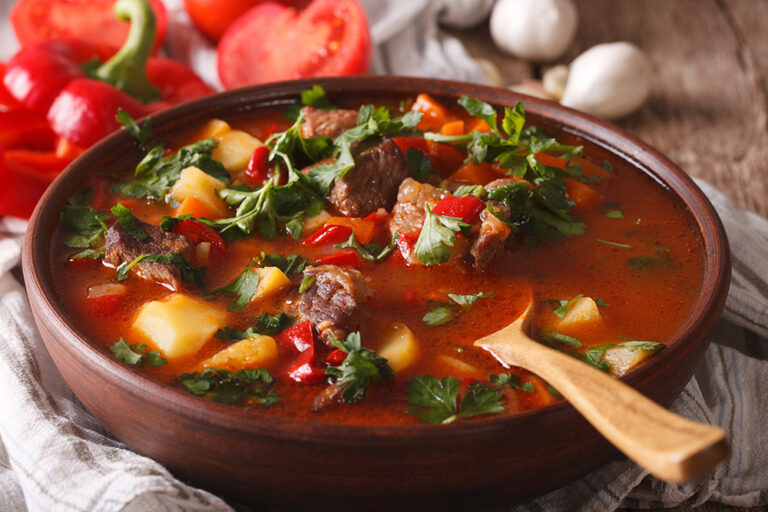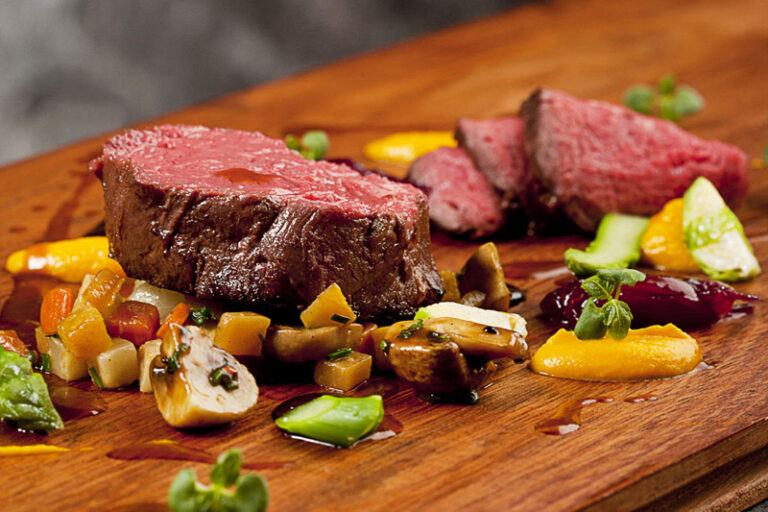Introduction to Grenadian Cuisine
Grenadian cuisine is a blend of African, European, and East Indian influences. The cuisine is characterized by the use of local spices, herbs, and ingredients that are mostly grown in the region. Grenada, also known as the “Spice Island,” is famous for its rich variety of spices like nutmeg, cinnamon, and allspice, which are grown in abundance on the island.
Grenadian cuisine is a reflection of the island’s history, culture, and geography. The cuisine is a mix of flavors, textures, and aromas that have been crafted over generations. It has a unique character that sets it apart from other Caribbean cuisines.
Influences on Grenadian Cuisine
Grenadian cuisine has been influenced by various cultures over the years. The African slaves who were brought to the island by the Europeans brought their cooking techniques and flavors with them. The East Indians who were brought to the island as indentured servants also had a significant influence on Grenadian cuisine.
The French, British, and Spanish also had an impact on the cuisine, introducing new ingredients and cooking methods. The blend of these influences has created a unique cuisine that is distinct from other Caribbean cuisines.
Unique Ingredients in Grenadian Cuisine
Grenadian cuisine is known for its use of local spices and herbs. Nutmeg, cinnamon, and allspice are the most commonly used spices in Grenadian cooking. Other unique ingredients in Grenadian cuisine include breadfruit, dasheen, cassava, and callaloo.
Grenadian cuisine also features fresh seafood, including fish, lobster, and conch. The island’s fertile soil produces a variety of fruits and vegetables, including mangoes, papayas, avocados, and yams, which are used in many dishes.
Popular Dishes in Grenadian Cuisine
One of the most popular dishes in Grenadian cuisine is oil down, which is a hearty stew made with breadfruit, salted meat, callaloo, and coconut milk. Another popular dish is pelau, which is a flavorful rice dish made with chicken or beef, pigeon peas, and coconut milk.
Other popular dishes in Grenadian cuisine include fish cakes, crab backs, and pepper pot soup. Desserts in Grenadian cuisine are often made with local fruits like mangoes and papayas.
Differences between Grenadian and Jamaican Cuisine
Although Grenadian and Jamaican cuisines share some similarities, there are distinct differences between the two. Grenadian cuisine is known for its use of local spices, especially nutmeg, cinnamon, and allspice, while Jamaican cuisine relies heavily on jerk seasoning.
Grenadian cuisine is also less spicy than Jamaican cuisine, and its dishes tend to be less sweet. Another notable difference is the use of breadfruit in Grenadian cuisine, which is not a staple in Jamaican cuisine.
Conclusion: Grenadian Cuisine’s Distinct Flavor
Grenadian cuisine is a unique blend of flavors, influenced by the island’s history, culture, and geography. Its use of local spices, herbs, and ingredients sets it apart from other Caribbean cuisines.
From oil down to pelau, Grenadian cuisine has a distinct flavor that is sure to tantalize the taste buds. Whether you’re a fan of seafood, meat dishes, or vegetarian fare, there’s something for everyone in Grenadian cuisine.

